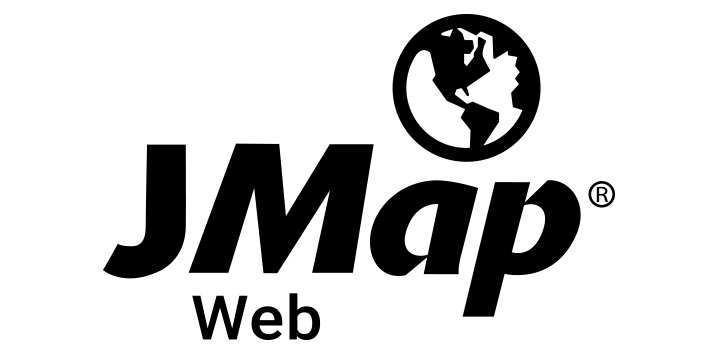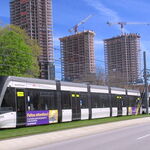littlewill1166
Active Member
I thought VIA owns that track from Windsor station to Chatham station? The part they don't own is from Chatham to London. But some of that is already double tracked.

I thought VIA owns that track from Windsor station to Chatham station? The part they don't own is from Chatham to London. But some of that is already double tracked.

So how does CN access their Windsor trackage? Via the Chatham Sub?
So how does CN access their Windsor trackage? Via the Chatham Sub?

They could likely shave off 10-15 minutes by upgrading the track between Glencoe and Chatham to Continuous welded rail instead of jointed rail. Makes for a better ride too.Wasn't a good deal of HFR supposed to be single track as of the latest information? I'd say there's about zero chance of it anywhere past London.
I guess you could, but then, you only have 8 VIA trains per day, compared to 12 on the Alexandria Sub and 20 on the Beachburg/Smiths Falls/Brockville Subs...They could likely shave off 10-15 minutes by upgrading the track between Glencoe and Chatham to Continuous welded rail instead of jointed rail. Makes for a better ride too.
But when increasing the service to Windsor it would help ontime performance by upgrading the infrastructure to allow for faster speeds.I guess you could, but then, you only have 8 VIA trains per day, compared to 12 on the Alexandria Sub and 20 on the Beachburg/Smiths Falls/Brockville Subs...
How does CWR allow for higher speeds? VIA and CN used to run Montreal to Toronto in under 4 hours on jointed rail back in the 1970s.They could likely shave off 10-15 minutes by upgrading the track between Glencoe and Chatham to Continuous welded rail instead of jointed rail. Makes for a better ride too.
I guess you could, but then, you only have 8 VIA trains per day, compared to 12 on the Alexandria Sub and 20 on the Beachburg/Smiths Falls/Brockville Subs...
Then how about increasing the speeds from 60 to 80-90mph?How does CWR allow for higher speeds? VIA and CN used to run Montreal to Toronto in under 4 hours on jointed rail back in the 1970s.
(definitely makes for a better ride - I have an essay somewhere I wrote on a Sunday evening in the early 1980s on a train to Montreal - you can tell which pieces were written on jointed rail versus CWR!)
Again: you would have only 8 trains per day benefitting from this and only passengers going all the way to Windsor (or Glencoe) - which is considerably less busy than Ottawa...Then how about increasing the speeds from 60 to 80-90mph?
I guess you could, but then, you only have 8 VIA trains per day, compared to 12 on the Alexandria Sub and 20 on the Beachburg/Smiths Falls/Brockville Subs...
Again: you would have only 8 trains per day benefitting from this and only passengers going all the way to Windsor (or Glencoe) - which is considerably less busy than Ottawa...




